
Recently a friend brought to my attention that the Internet was losing its collective mind over “sea bunnies”. Googling, “sea bunny” I found articles at International Business Times, Metro, RT, Apex Tribune, Weather Channel (wait what?), The Dodo, HuffPo, Geek, Women’s Day (umm), and The Telegraph.
 Well gosh darn it! How to I jump on up on this bandwagon? DSN has been suffering from low clickage lately and we could use some of that sweet, sweet tasting clickbate. So bring on a whole damn field of SEA BUNNIES! Because precious few of these websites actually include any information about the animal, I said to myself “I’m gonna science all over this!” So pull up a chair kiddo’s and prepare yourself for an invertebrate biology braingasm. I’ll provide this as a clever top ten list too so I can be super trendy.
Well gosh darn it! How to I jump on up on this bandwagon? DSN has been suffering from low clickage lately and we could use some of that sweet, sweet tasting clickbate. So bring on a whole damn field of SEA BUNNIES! Because precious few of these websites actually include any information about the animal, I said to myself “I’m gonna science all over this!” So pull up a chair kiddo’s and prepare yourself for an invertebrate biology braingasm. I’ll provide this as a clever top ten list too so I can be super trendy.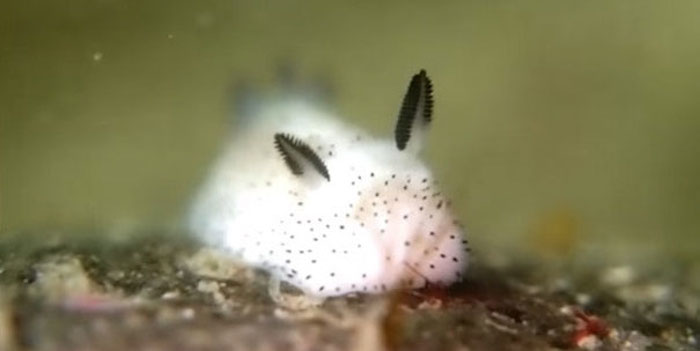
- The sea bunny is actually a nudribranch, aka a sea slug, called Jorunna parva. They are also quite small, less than one inch in length.
- Jorunna parva is 1 of 16 species in the genus and the only one that looks like a bunny. Some of the other species are little less…dandy, others very post modernist, and some have gills that look like brown wilted lettuce.
-
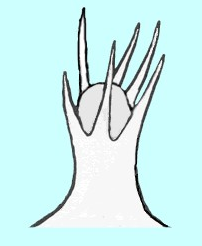
Caryophyllidia, image from here. The furry looks comes tons of caryophyllidia across the back of their bodies, aka the mantle. Caryophyllidia are fleshy protuberances, papillae, that bear a crown of pointed spicules used for sensory functions.
- The dark colored bunny ears are not actually ears but rhinophores. As the “rhino” would suggest these are sensory organs on the head used for chemoreception. In the group of nudibranchs that contains the sea bunnies, the rhinophores are particularly “fuzzy” allowing for more surface area for this reception to occur on.
- The color pattern is crazy variable in Jorunna parva. Very few individuals are actually white with black patches. Most are dark yellow (like a Peep?). Some individuals can even be dark brown (mmm chocolate bunny) surrounded in a band of dark yellow.
-

Kikutaro Baba The famous Japanese scientist Kikutaro Baba named the species in 1934. Baba was a renowned and prolific malacologist, i.e. a scientist who studies mollusks, who described 116 species and has 14 species and taxa names after him.
- There is some confusion what nudibranchs are and are not actually Jorunna parva. Mollusk geeks, of which I count myself, are unclear whether the extreme color variation actually represents different species. This could mean the difference between the species being distributed throughout Japanese, Northern Australian, and the Indo-Pacific oceans or isolated to a small area. It is worth noting the white fluffy bunny with the dark ears version of Jorunna parva seems to be primarily off the coast of Japan. (see these posts at the Seaslug Forum)
- Jorunna parva may show some California love. J. parva bears many striking resemblances to J. pardus off the California coast. Some sea slug experts think they may be one in the same.
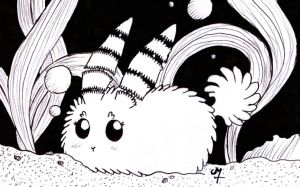 They are hermaphrodites. Well technically, all nudibranchs are. So mating like bunnies is actually much easier since they don’t have to be so choosy. Any other bunny will do.
They are hermaphrodites. Well technically, all nudibranchs are. So mating like bunnies is actually much easier since they don’t have to be so choosy. Any other bunny will do.- They are very, very hungry. Recent work in my lab has shown for nudibranchs only exist where there is a lot of food. This may be because being a hermaphrodite is calorically expensive, an individual needs to produce eggs and sperm continuously
Share the post "The Science of Sea Bunnies: You’ll Never Believe The Top Ten List We Created To Get You To Visit Our Website."

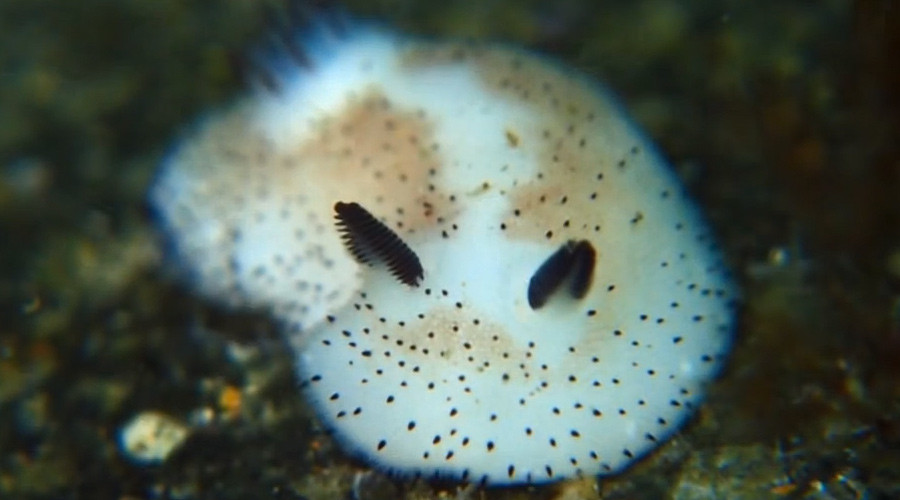
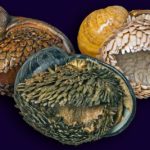
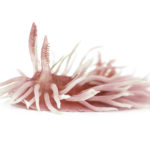

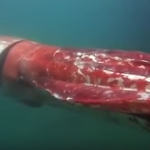
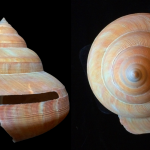
I was very pleased to actually find some info on this adoelrable creature. Thank you for the science.
Yes! Finally some info on the sea bunny!
So glad I found this site. I’ve been seeing these little things everywhere lately but it was all just fluff pieces with more photo than fact. Thanks for posting this!